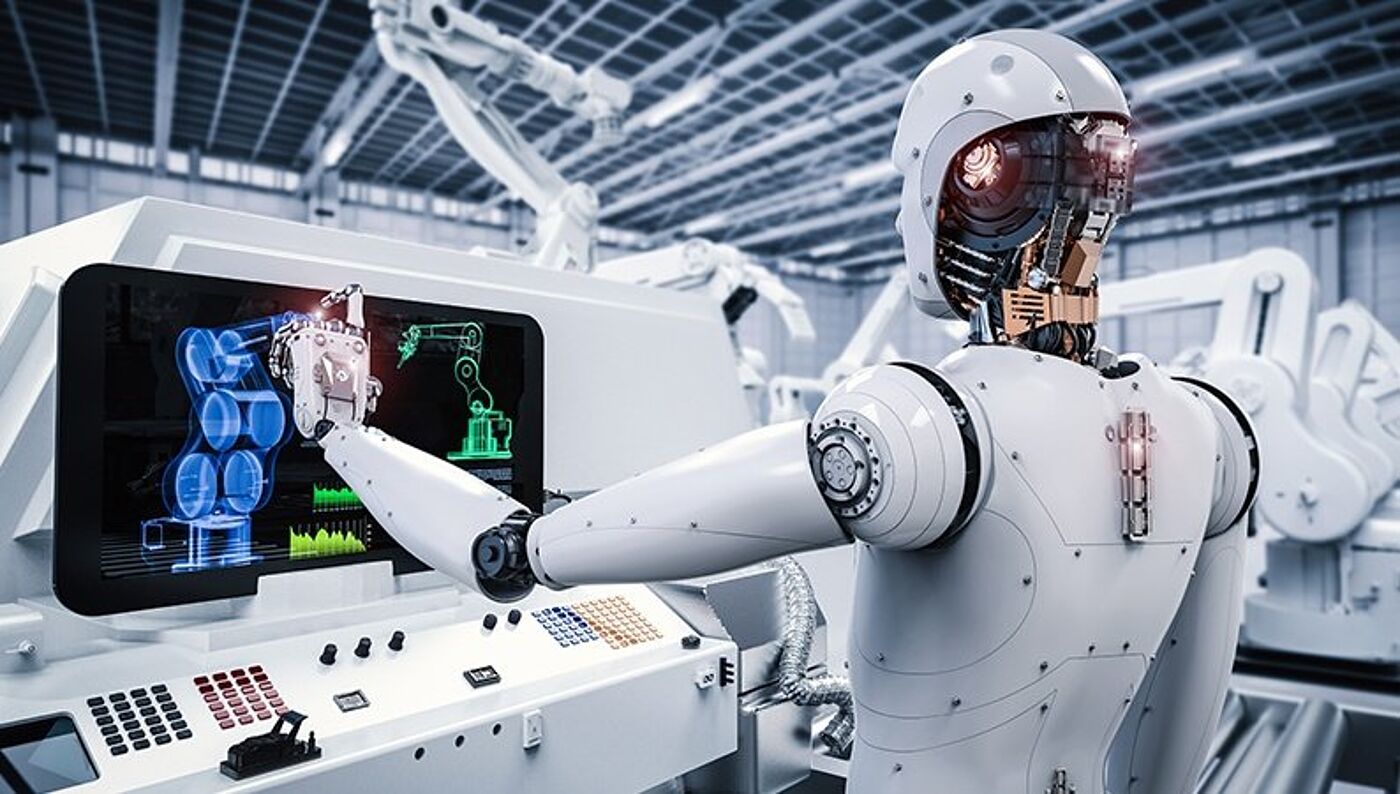
Application strategy for computer-implemented inventions - insights from an EPO professional
The definition for “computer-implemented invention” has changed over the years to include computers, computer networks or other programmable apparatus, whereby at least one feature is realized by means of a program or (several) programs. As an EPO professional and following my work with Dennemeyer Consulting, I have gained a lot of insights about the hurdles inventors face when trying to patent-protect their computer-implemented products and what strategy would best avoid them.
During my secondment with the Dennemeyer IP consultancy in autumn 2017, I found out that there exists a very high interest among the consulting clients (top management as well as R&D management) in basic information concerning the patentability of computer-implemented inventions (CII).
Nowadays, CII related inventions are no longer restricted to the field of computers themselves. The high degree of digital penetration of our private and working environment is also reflected in the ever-increasing number of so-called CII patent applications at the EPO which amount to 35% of all filings. Most managers and inventors do know that there exist particular hurdles for patent protection of their computer-implemented products. They are generally aware that it is of an economic advantage for a company if inventors and computer scientists are informed in advance about the patent eligibility criteria for their research and product deliverables. Because of this need, I have compiled information in a complementary whitepaper relating to this blog, which shall provide an overview of the relevant requirements and considerations for European CII patent protection.
EPO Customers
The Dennemeyer Group is a global IP full-service provider that offers all kinds of IP-related products and services ranging from IP prosecution, administrative services and software to IP Consulting. The group deals with an extended spectrum of the EPO’s customers. Among these various users, the value of the EPO products and services is perceived differently. Initially, patent attorneys are our primary interface with the inventors. By their nature, they are interested in the predictable behavior of the EPO and therefore demand exact in-depth knowledge of our guidelines and work instructions in order to best control the Patent Prosecution process in the interest of their clients. Secondly, IP consultants exploit patents for the purpose of technological landscaping and portfolio analysis. Aspects of legal certainty and patent product quality play a role when IP-based innovation strategies are developed for their clients. European patents are recommended as the IP hard currency in this context. Finally, there is the innovator and his company. Successful organizations have formulated a holistic innovation roadmap that is composed of at least two components: an R&D strategy and an IP strategy.
Achieving high quality of CII patent applications
Both the EPO and its customers - the patent applicants and inventors - depend on a transparent exchange of information. It is therefore essential to establish reproducible decision making on both sides in order to pave the way for high-quality patent application filings.
Due to the inherent, often abstract, nature of CII-related inventions it can sometimes be difficult to formulate even patent-eligible claims. A patent attorney specialized in CII is of course often able to transpose even an abstract computer program based invention into the statutory subject matter.

However, when the patent attorney meets the inventor only after the R&D project was concluded, the finally drafted patent application often claims the subject matter which is significantly different from the original invention. I have observed that such a situation could often be avoided if IP-educated innovators were able to control the nature of their deliverables accordingly right from the beginning. If R&D managers were able to govern the nature of their CII deliverables at an early stage - taking into account the specific patent eligibility and patentability requirements for CII-related inventions - this would significantly improve the starting position of a patent attorney who later meets the inventor for the claim drafting exercise.
This way, also the EPO would benefit from informed inventors/R&D managers and would receive a higher number of initially EPC conformant CII applications that could be prosecuted in a far more efficient manner. And most important for the user: R&D managers and industrial decision makers would gain the early and precise protection of their valuable deliverables.Read more about the legal rules and prerequisites for a successful CII patent application strategy in the complementary white paper relating to this blog: "Improving your company´s
application strategy for computer-implemented inventions (CII)".

Exploring an alternate 2025 where patents are made weaker by design to encourage sustainable innovation.



